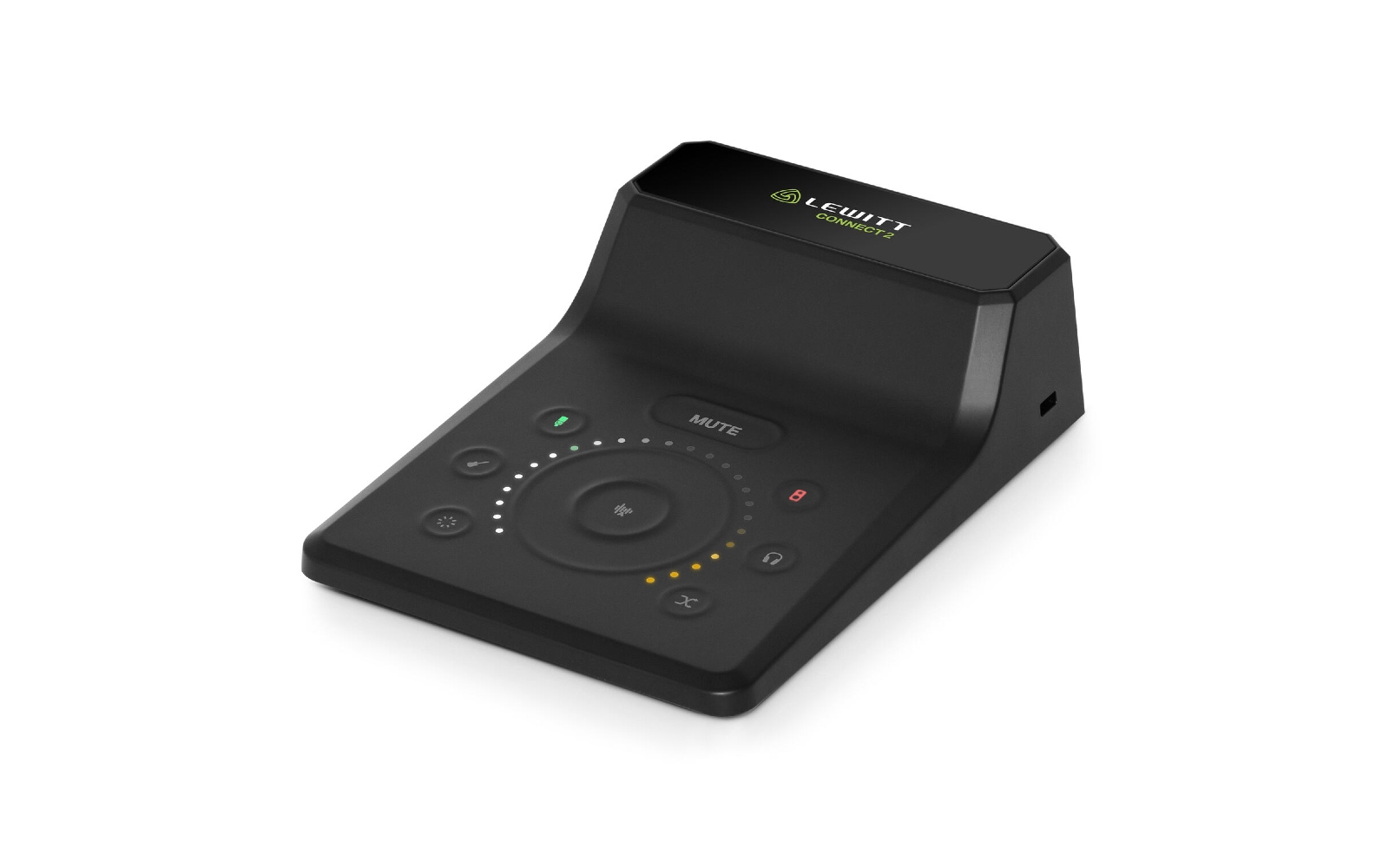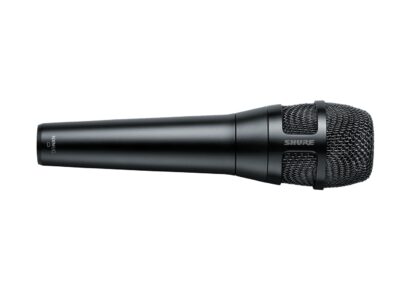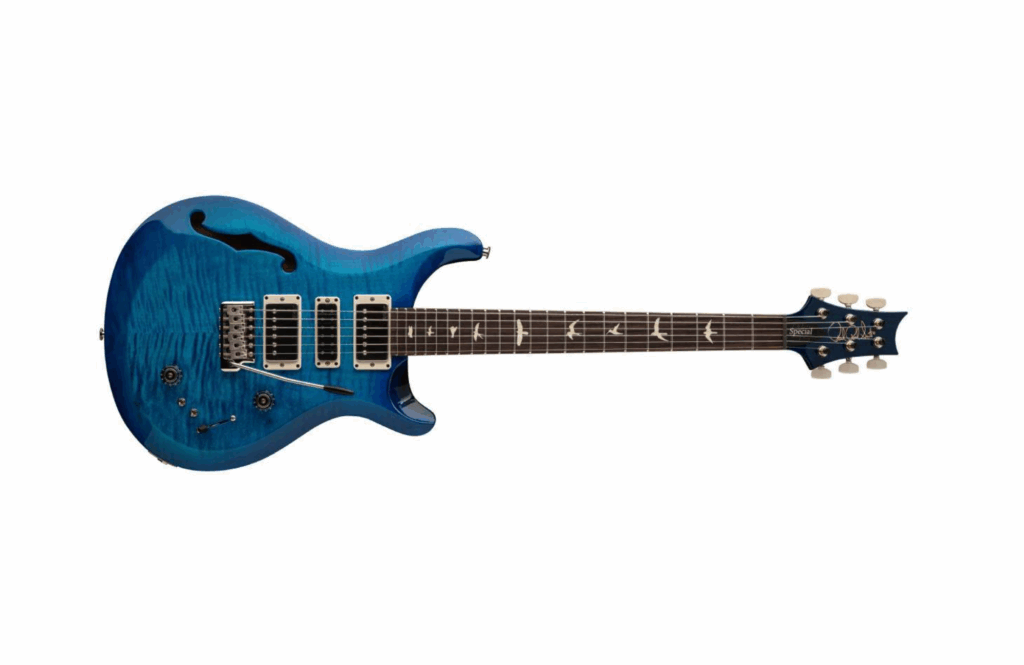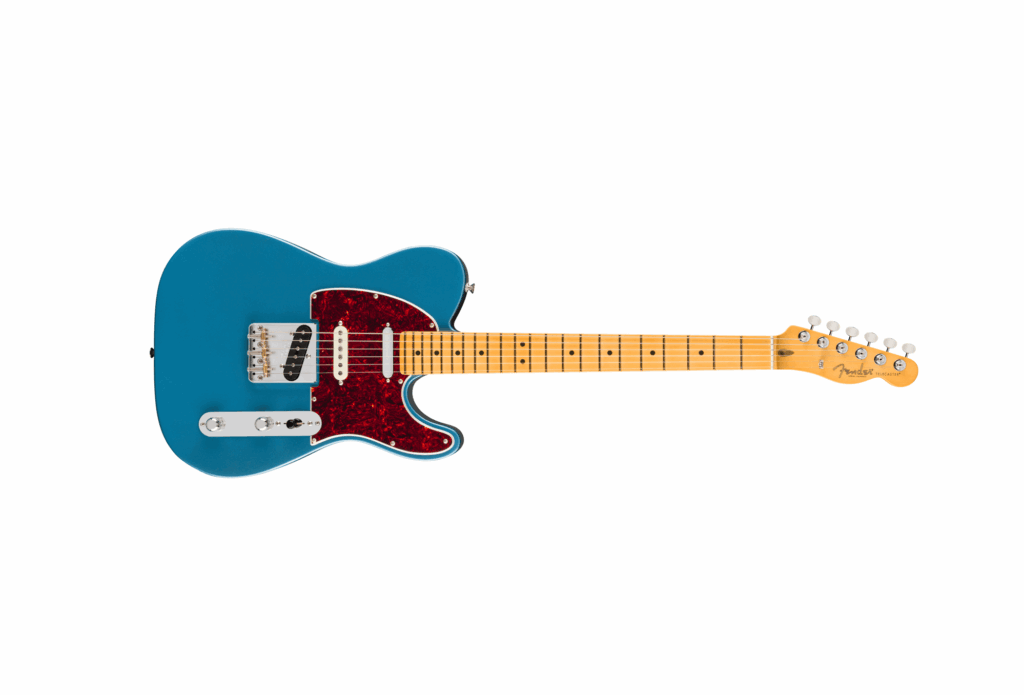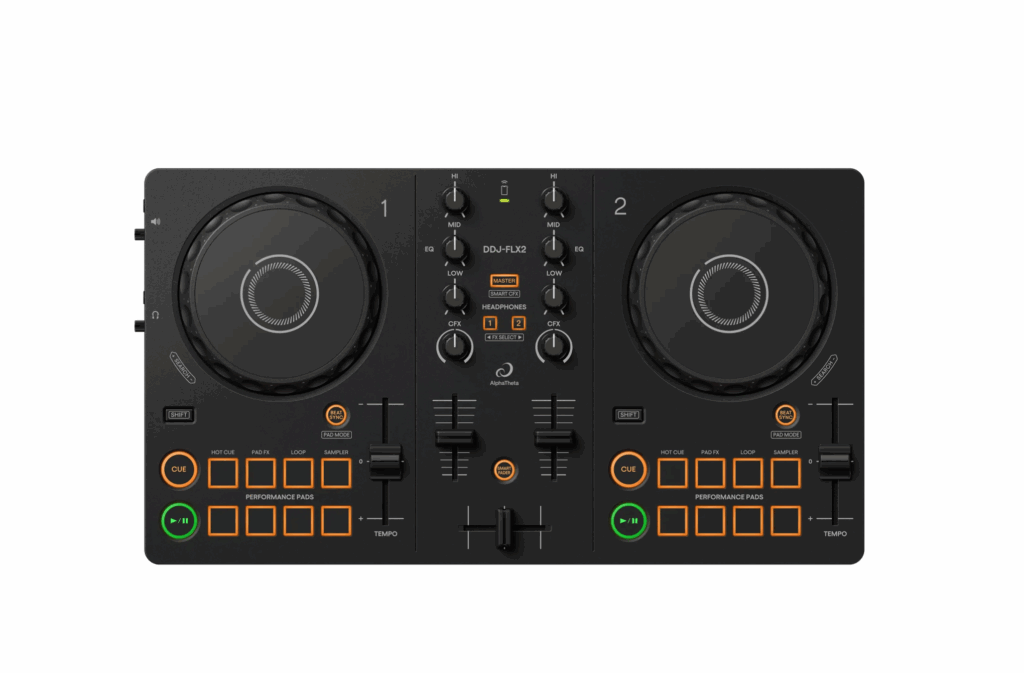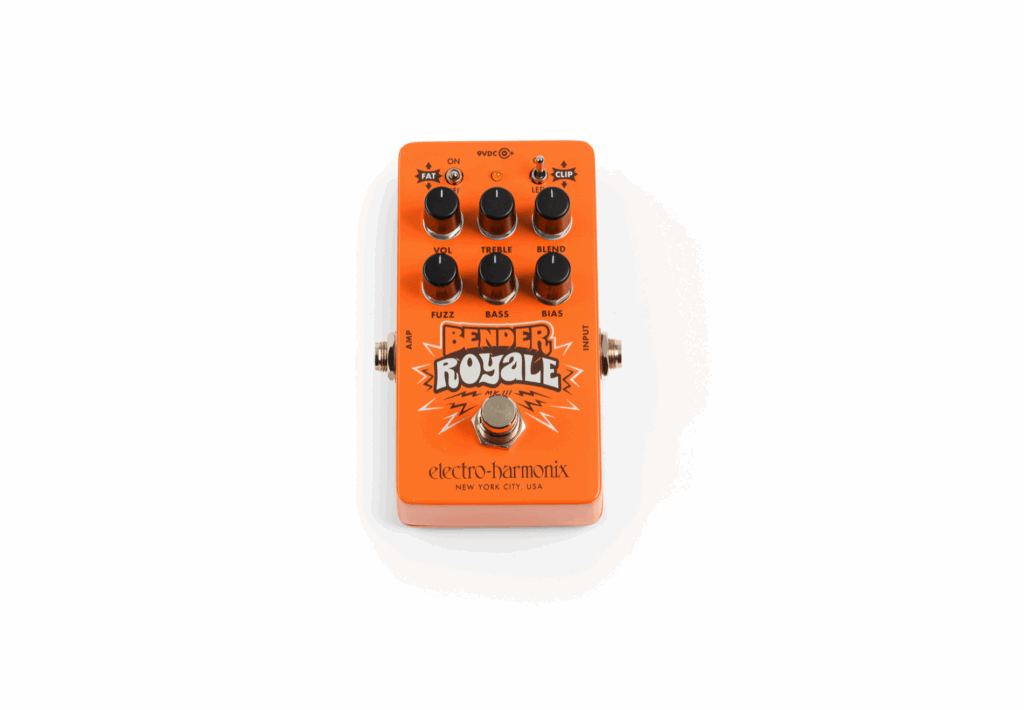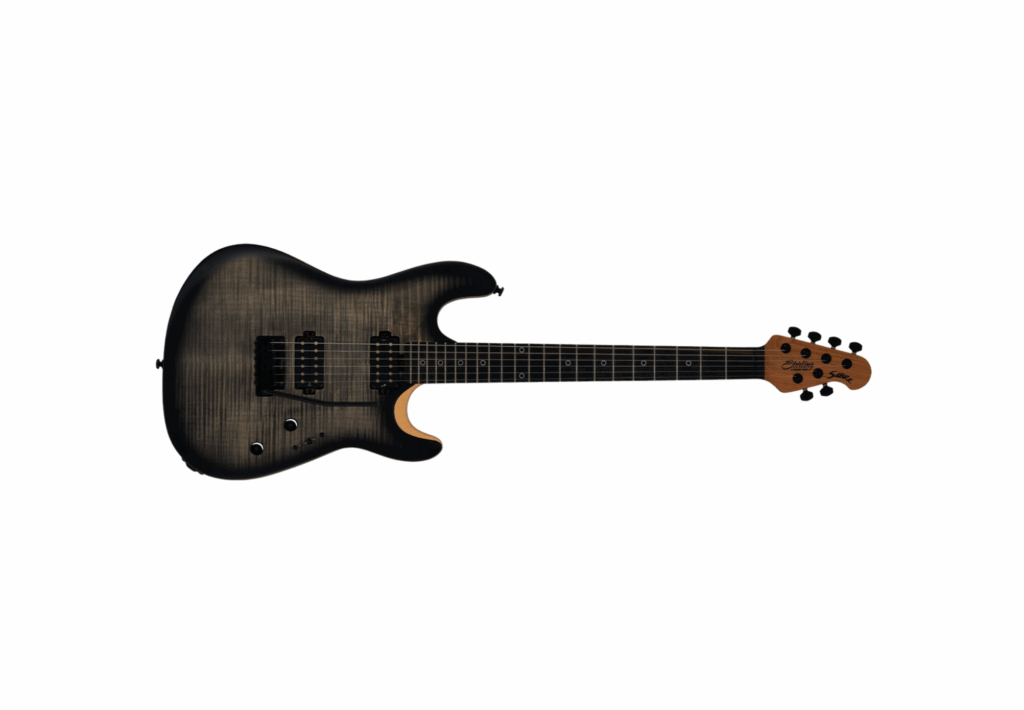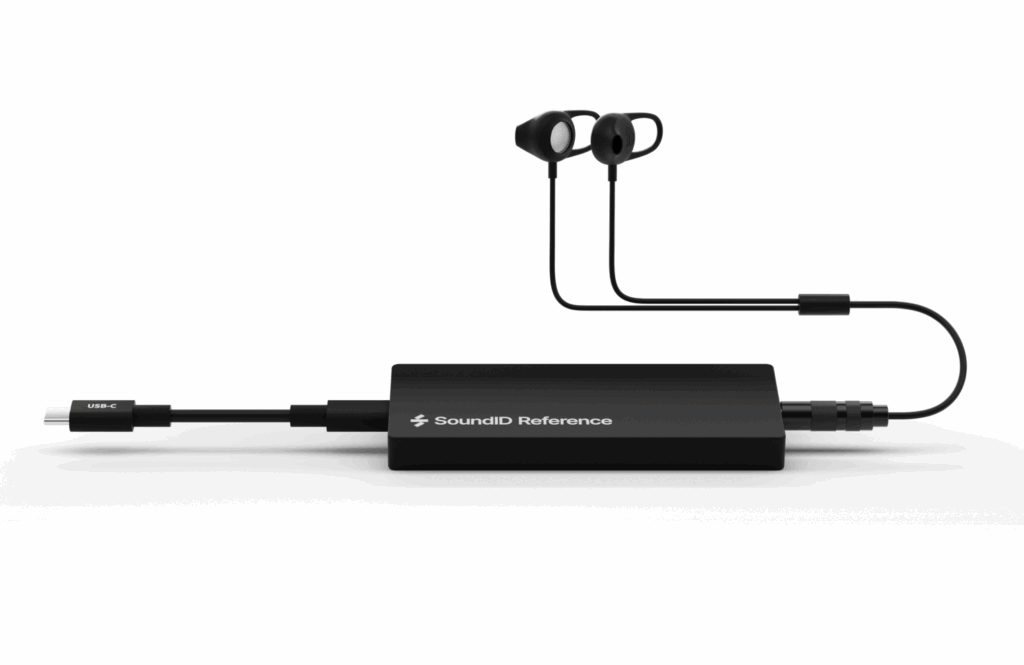Lewitt CONNECT 2 USB-C Audio Interface | Electric Factory | RRP: $269
With the wealth of entry level audio interfaces spouting impressive features and spec, something that offers an enhanced creative workflow has got to be the winning ticket. Lewitt Audio are an Austrian pro audio company founded in 2009 by Roman Perschon, whose vision from the get go has been to change the status quo of microphone design – no small feat. For such a young company standing amongst many relics in the pro audio sphere, Lewitt have made serious strides and it’s in their unique and fearless approach to flooding their ideas with technological innovation that seems to have landed them such respect from big names in industry.
Lewitt CONNECT 6
Predominantly known for their microphone design prowess with revolutionary products such as the LCT 1040, more recently Lewitt have turned their focus to audio interfaces with the release of the Connect 6 a couple of years ago and just a few of months back, the Connect 2 – which is here on review.
Catch up on all the latest music gear reviews here.
Features of the Future
Flush with intuitive features and easily one of, if the most user friendly audio interface I’ve personally encountered, Connect 2 is perfectly pitched for musicians/songwriters and content creators alike. The inviting capacitive touch surface houses control buttons for levels for both Hi-Z instrument and mic preamp, studio monitors, headphones, mute, input/playback as well as a custom button (more on this shortly) and most excitingly, Autogain. Each of these buttons can be selected and adjusted with ease via the capacitive touch centre wheel. The back panel is equally as intuitive with two inputs, the mic preamp being an XLR with switchable 48V phantom power and second input a Hi-Z 1/4” jack for instruments. Two balanced 1/4” jacks are provided for connecting studio monitors and a 1/4” and 3.5mm jack for headphones – you just never know when that headphone adaptor is going to mysteriously disappear, we’ve all been there.
High fidelity recording at 24-bit and up to 96kHz, nothing out of the ordinary there, the Lewitt Connect 2 is of course bus powered via its USB-C connector when connected to a MacOS or Windows computer, but can also be used by devices with USB-C and lightning connector via the usual camera connection kit and external bus power. Connect 2 is impressive on spec too, with a wild 72dB of gain on the mic pre, an equivalent input noise of -129dBV (A), 118dB (A) of dynamic range and THD of 0.001%. For an interface of this price, this is rather impressive.
Aside from the usability of the physical unit itself, the control software for Connect 2 is wonderfully easy to navigate. Where other audio interface software can get bogged down in complex processing and routing options, Control Centre keeps things simple, intuitive and helps get settings dialled in super fast. For all of its simplicity you’d be forgiven for assuming that Connect 2 is a bit of a no-frills type of interface, with not a huge amount of processing going on under the hood, but on the contrary. Some seriously powerful features are only a click away.
Whether you’re a musician/songwriter or content creator, there’s few things worse than having your audio distort or clip during a recording, and at certain times there’s just very little that can be done to avoid this from happening, especially in live recording settings. The Clipguard feature built into Connect 2 alleviates this from happening for those unexpected spikes in level, keeping a recording perfectly intact and void of clipping.
This is a remarkable feature for an entry level interface to have and a particularly useful one for the recording novice. Another impressive feature is the Denoiser, through the use of audio expansion, this incredibly helpful feature helps remove extraneous noise from a recording such as an AC unit and alike. Simply allow Connect 2 to listen to the noise for about 10 seconds and voila! Gone.
Autogain is one of the most exciting features of Connect 2, and whilst this type of tech has been around for years particularly in handheld recorders, Autogain in Connect 2 seems to really get it dialled in right. Simply playing your instrument and/or singing into your mic (yes, this feature can be dialled in for both inputs simultaneously) input levels are set automatically. This is not only a massive time saver, but also optimises creative workflow with less time and energy required for setting up things for recording, allowing more time for focusing on a performance, exploring ideas or just getting creative. As well as the Autogain feature, Connect 2 also includes Auto Setup, which takes this intuitive setup a step further, with a few simple selections from the available options, the most ideal settings can be automatically dialled in for you to get started straight away.
Personally I’m pretty sceptical of these types of features, but Connect 2 actually handles them really well and is a great way to not only help users dial in settings quickly but also acts as a learning tool for those wanting to explore different types of parameters for their recordings, to then tweak and refine them further.
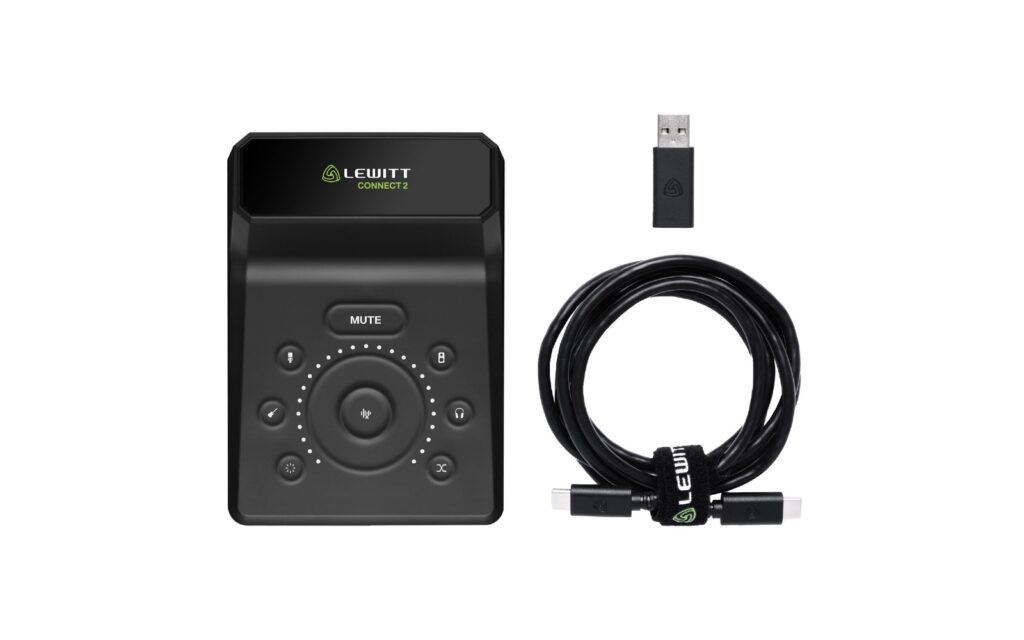
Of course no modern interface is complete without some type of built-in compression. The Connect 2 compressor settings help glue things together nicely, adding that distinctive polish to a recording without going overboard. Pair this with the three mic pre flavours available being Clean, Warm and Vivid, a simple voice recording or an instrument and vocal, the sound reproduced is professional, with a three dimensional quality which is true to life.
Hands On
Connect 2 feels like it strikes the perfect balance of the engaging and tactile feel of hardware paired with easy, hassle free control software. The ability to quickly and easily dial-in ideal settings whether it be for a podcast, live stream voice recording or a singer/songwriter session is seamless. Despite the amount of potential processing that can be engaged via Control Centre on the inputs, this never feels overwhelming but rather just well laid-out options for refining one’s sound. Monitoring sources is just so easy, with the ability to perfectly blend between input and computer source playback, and the dedicated loopback functionality makes light work of streaming setups, recording samples and alike. The dim and mono options available on the output are simple yet desirable features putting this compact entry level interface well above its price of admission. A very intuitive plug-n-play interface that anybody can use, with a wealth of helpful features and processing power under the hood if desired. Big thumbs up.
For local enquiries, visit Electric Factory (ELFA).
